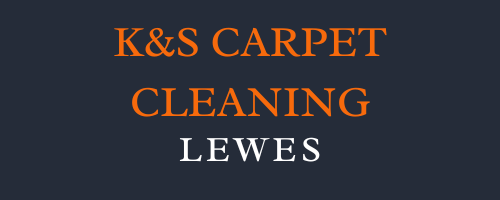Introduction: As you prepare to move out of your rental property, carpet cleaning is one of the crucial tasks on your checklist. Clean carpets enhance the property’s appearance and play a significant role in getting your security deposit back. You have two primary options for end-of-tenancy carpet cleaning: deep cleaning and standard cleaning. In this blog post, we’ll explore the differences between these approaches to help you determine which is best suited for your needs, with insights from K&S Carpet Cleaning Lewes.
Standard Carpet Cleaning
Standard carpet cleaning, or surface cleaning, is a common choice for routine maintenance. It involves the following steps:
Vacuuming: The process starts with thorough vacuuming to remove loose dirt, dust, and debris from the carpet’s surface.
Pre-Treatment: A cleaning solution is applied to the carpet to break down stains and soil.
Cleaning: Using a carpet cleaning machine, the solution is agitated into the carpet fibres and then extracted, along with the dirt and cleaning solution.
Drying: The carpet is left to dry, typically within a few hours.
Deep Carpet Cleaning
Deep carpet cleaning, or restorative or steam cleaning, is more comprehensive and intensive. It involves the following steps:
Pre-Vacuuming: Similar to standard cleaning, the process begins with vacuuming to remove loose dirt.
Pre-Treatment: A specialised cleaning solution is applied to the carpet, allowed to dwell, and then agitated to break down deep-seated dirt and stains.
Hot Water Extraction: High-pressure hot water is injected into the carpet to flush out dirt, allergens, and cleaning solutions. This is followed by powerful suction to remove the extracted water and contaminants.
Drying: The carpet may take longer than standard cleaning, usually 6 to 12 hours.
Which Do You Need for End-of-Tenancy Cleaning?
The choice between standard and deep carpet cleaning depends on the condition of the carpet and the extent of soil and stains. Here are some factors to consider:
Carpet Condition: Standard cleaning may suffice if the carpet is well-maintained with minimal stains and soil. However, for heavily soiled or neglected carpets, deep cleaning is recommended.
Tenant History: Standard cleaning should be adequate if you have been diligent in regular carpet maintenance. Deep cleaning becomes more crucial if previous tenants do not properly care for the carpet.
Landlord Requirements: Check your lease agreement or communicate with your landlord or property manager to understand their expectations. Some landlords may specify deep cleaning as a requirement.
Allergen Concerns: Deep cleaning is more effective in removing allergens, making it a preferred choice for individuals with allergies or asthma.
Conclusion: In summary, the choice between deep and standard cleaning for end-of-tenancy carpet cleaning depends on the carpet’s condition and specific requirements. K&S Carpet Cleaning Lewes recommends assessing the carpet’s state and considering any landlord stipulations before making your decision. Ultimately, both methods can achieve clean and presentable carpets, but deep cleaning offers a more thorough and restorative approach for carpets needing revitalisation.
Call us on: 01273 092 698
Click here to find out more about K&S Carpet Cleaning Lewes
Click here to complete our contact form and see how we can help with your carpet needs.

